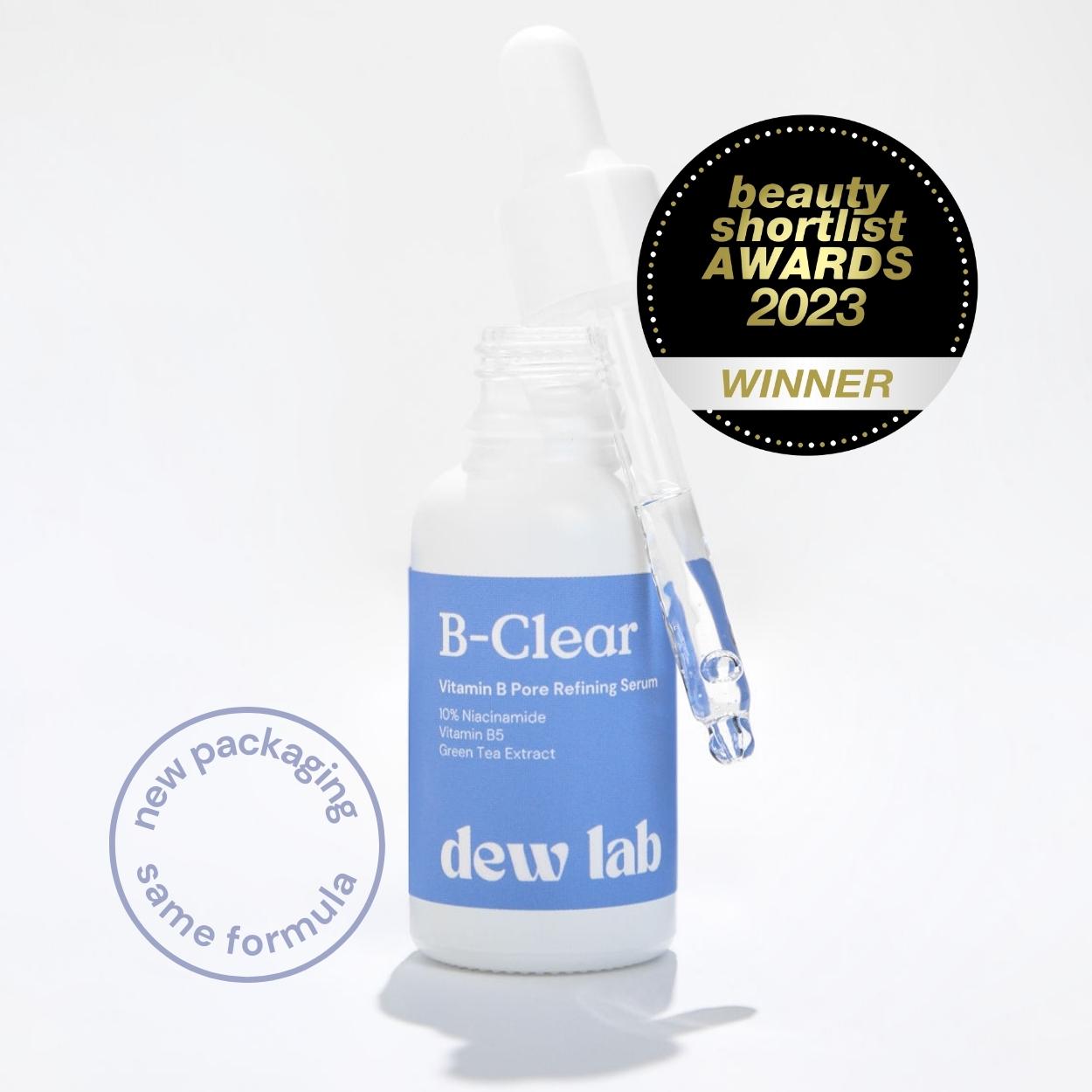Retinol has gained immense popularity in the skincare industry for its remarkable ability to address a range of skin concerns. Whether you're struggling with acne, signs of aging, or uneven skin tone, incorporating retinol into your skincare routine can work wonders. To ensure you make the most of this powerful ingredient, we'll delve into the expert advice provided by Dr. Davin Lim, a Board Certified Dermatologist, and provide a comprehensive guide on how to use retinol like a dermatologist.
Understanding Retinol:
Retinol, a form of vitamin A, is a game-changer in skincare due to its ability to speed up cellular turnover, stimulate collagen production, and minimize the appearance of fine lines and wrinkles. However, it is crucial to note that retinol can cause sensitivity, redness, and flaking if not used correctly.
Choosing the Right Product:
Look for retinol products that are formulated with a stable concentration (usually between 0.25% and 2%), as higher concentrations can be too harsh for beginners. Additionally, opt for products with airtight packaging to maintain the retinol's potency.
Start Slowly:
Retinol is a potent ingredient, so it's important to introduce it gradually into your routine. Begin by using retinol once or twice a week, preferably at night, to allow your skin to acclimate. As your skin becomes more tolerant, you can gradually increase the frequency of application. Remember, consistency is key when using retinol.
Preparation and Application:
Cleanse your face with a mild cleanser to remove any impurities, and pat it dry. Next, wait for your skin to be completely dry before applying retinol. This step is crucial as damp skin can increase the absorption and potential irritation.
Applying retinol is a delicate process. Start by dispensing a pea-sized amount onto your fingertips and gently massage it onto your face, focusing on areas of concern. Avoid the delicate eye area, lips, and any open wounds. Gradually work your way up to the neck and décolletage, ensuring even coverage. Remember, less is more when it comes to retinol application.
Moisturize and Protect:
Retinol can be drying for the skin, so it's crucial to follow up with a moisturizer to replenish hydration. Look for a non-comedogenic, fragrance-free moisturizer that suits your skin type. Apply it after the retinol has fully absorbed into the skin to avoid dilution.
Lastly, protect your skin from harmful UV rays by applying a broad-spectrum sunscreen every morning. Retinol can increase the skin's sensitivity to the sun, so diligent sun protection is vital. Aim for an SPF of 30 or higher and reapply every two hours when exposed to direct sunlight.
Monitoring and Adjusting:
As you embark on your retinol journey, it's important to monitor your skin's response. Pay attention to any signs of irritation, excessive dryness, or redness. If you experience these symptoms, temporarily reduce the frequency of retinol application or consult a dermatologist for guidance.
Additionally, it's worth noting that retinol takes time to show visible results. It typically takes at least six to eight weeks to notice significant improvements in your skin's texture and appearance. Patience and consistency are key.
Retinol, when used correctly, can transform your skin and tackle various skincare concerns. Remember to choose the right product, start slow, prepare your skin, apply with care, moisturize, protect from the sun, and monitor your skin's response. By incorporating these expert tips into your skincare routine, you'll be well on your way to enjoying the remarkable benefits of retinol like a true skincare professional.


